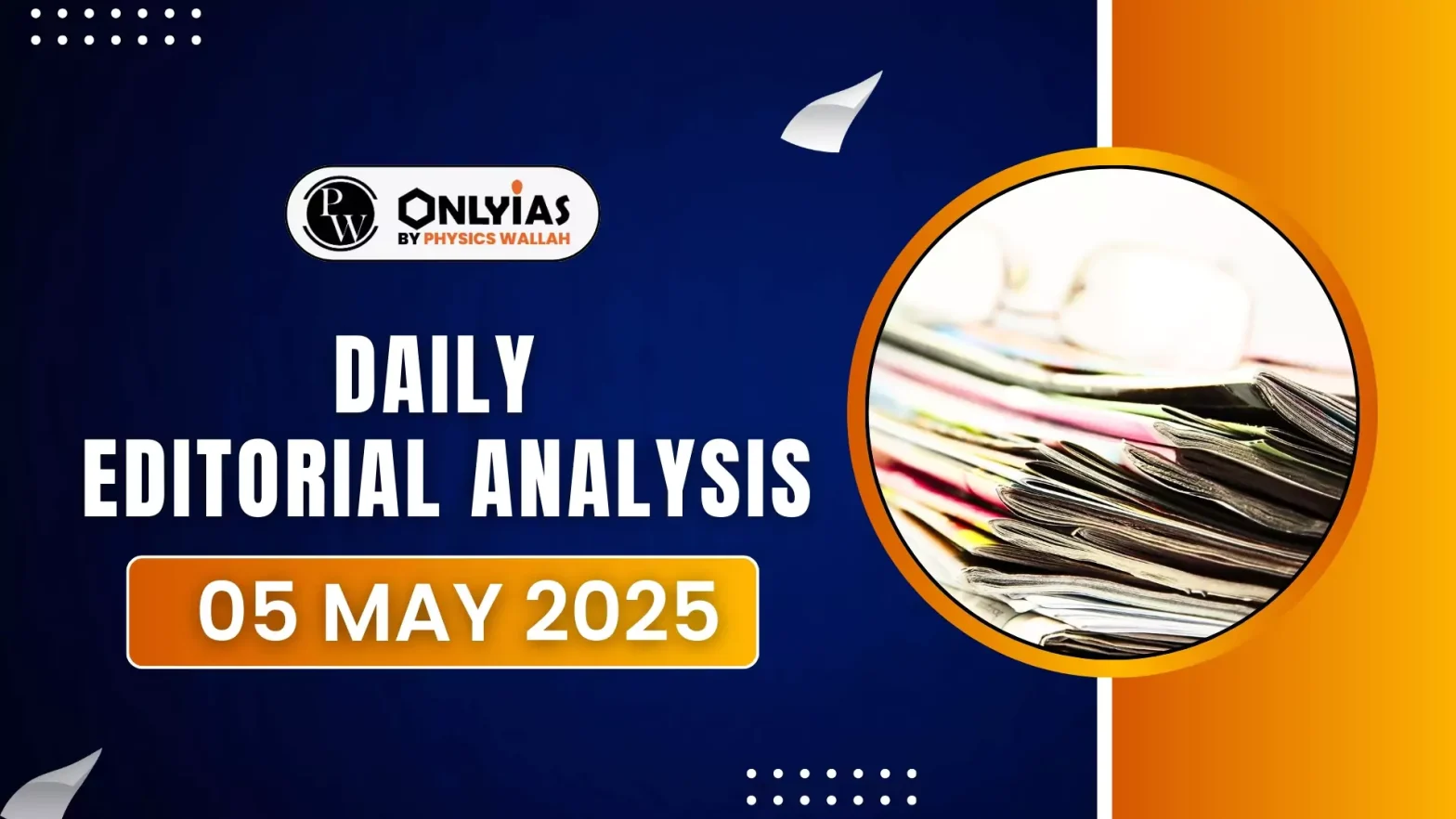Pakistan has violated the ceasefire along the Line of Control (LoC) and International Border for eight consecutive nights. These violations began after the April 22 Pahalgam terror attack that killed 26 civilians.
- The Indian Army has responded proportionately; no fatalities reported yet.
- This is the most intense breakdown of the ceasefire since the 2021 Directorates General of Military Operations (DGMOs) joint recommitment.
Origin and Nature of the India-Pakistan Ceasefire
- Ceasefire Began as a Mutual Understanding: Initially, the ceasefire was based on mutual understanding, not a formal agreement.
- Formalization through the Karachi Agreement (1949): The ceasefire was formalized post the 1948-49 war through the Karachi Agreement in 1949.
- Re-characterization by the Simla Agreement (1972): The Simla Agreement in 1972 redefined the ceasefire line as the Line of Control (LoC).
LoC and International Border (IB) Context
- Not an Official International Border: The LoC is not an official international border, but holds significant military importance.
- LoC’s Geographic Extent: The LoC runs approximately 740 km, from Sangam in Kashmir to NJ-9842 near Siachen.
- Jammu’s IB Recognition: India recognizes the IB in Jammu, while Pakistan terms it the “Working Boundary.”
Militarization of the LoC
- Heavily Militarized Zone: The LoC is heavily fortified with troops and military installations on both sides.
- Dynamic Nature of the LoC: The LoC frequently changes due to seasonal snow, infiltration risks, and territorial disputes.
- Nuclear-armed Tension: The presence of nuclear-armed forces makes the LoC a constantly tense area.
Ceasefire Violations and Causes
- Ceasefire Technically Lapsed Post-1972: The ceasefire technically lapsed after the first firing incident post-1972, leading to frequent violations.
- Violations Surge During Crises: Ceasefire violations tend to surge during political or military crises, such as the 1990s or post-2016.
- Reasons for Violations:
- Tactical Probing or Military Vendetta: Violations may occur due to military tactics, vendettas, or to test new commanders.
- Autonomous Military Factors: Violations may not always be directed by central leadership, indicating actions based on local military dynamics.
- Deliberate or Localized Violations: The violations can be deliberate or localized, influenced by ground realities.
Control Mechanisms and Communication
- Unwritten SOPs: There are no strict rules of engagement; actions are often guided by unwritten Standard Operating Procedures (SOPs).
- De-escalation Tools:
- Flag Meetings: These are held as part of the de-escalation process.
- DGMO Hotlines: Direct communication between the Directors-General of Military Operations (DGMO) in Delhi and Rawalpindi helps manage tensions.
- Control but Not Prevention: While these mechanisms help control the situation, they cannot prevent future violations.
Renewed Ceasefire Understanding (2021)
- Invocation of the 2003 Agreement: The 2021 ceasefire understanding was based on the 2003 agreement.
- Motivations for Renewal:
- Pakistan’s Instability and Afghan Border Threats: Internal instability and security concerns along the Afghan border influenced Pakistan’s decision.
- India’s Focus on China and Ladakh: India’s focus shifted towards managing the situation with China, particularly along the Line of Actual Control (LAC) in Ladakh.
- Result of the Understanding: The renewed ceasefire led to a drastic reduction in violations, benefiting civilians with improved safety and agricultural activities along the border.
Current Crisis and Strategic Considerations
- Pakistan’s Strategic Intentions: The recent violations help Pakistan maintain pressure and surveillance on India following the Pahalgam attack.
- India’s Strategic Response: India must balance retaliation with broader strategic concerns, including:
- Responses to Terror Attacks: India’s military and diplomatic responses to terror attacks remain a priority.
- Managing BSF Jawans: India must address incidents such as the capture of BSF jawans following accidental border crossings.
- Low-intensity Conflict with Escalation Potential: Cross-border firing, although low-intensity, remains a risky form of conflict with the potential for further escalation.
Conclusion
The India-Pakistan ceasefire remains fragile, with recent violations highlighting ongoing tensions. The LoC continues to be a militarized and volatile region, where political and military factors drive instability. India must balance retaliation with strategic interests to prevent further escalation.
![]() 5 May 2025
5 May 2025
